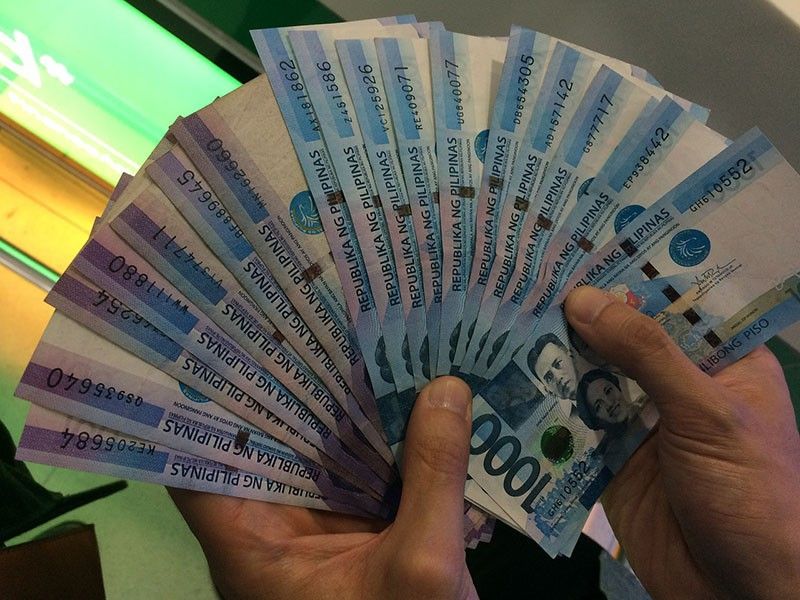Peso hits near low, closes at P57 against US dollar
Photo shows P1,000-banknote. Image by iiijaoyingiii from Pixabay MANILA, Philippines — The Philippine peso continued its downward trend against the US dollar on Tuesday, reaching a near low as it closed at P57. This was based on the closing value recorded on Tuesday afternoon, according to the most recent data from the Bankers Association of […]


Photo shows P1,000-banknote.
Image by iiijaoyingiii from Pixabay
MANILA, Philippines — The Philippine peso continued its downward trend against the US dollar on Tuesday, reaching a near low as it closed at P57.
This was based on the closing value recorded on Tuesday afternoon, according to the most recent data from the Bankers Association of the Philippines.
The Philippine peso depreciated by 19.2 centavos from Monday’s closing rate of P56.808, a few days after the British banking giant HSBC speculated that the currency would outperform its Asian neighbors like the Indonesian rupiah, Taiwanese dollar, and Thai baht.
This marks the peso’s weakest performance since Nov. 22, 2022 when it settled at P57.375.
The depreciation of the peso comes amid global geopolitical tensions that have weighed down the US dollar in international markets.
This includes increased tensions in the Middle East, specifically with Iran’s recent launch of explosive drones and missiles at Israel late Saturday, prompting concerns about a potential wider regional conflict.
As the peso weakens, overseas Filipino workers transferring money to their families in the Philippines benefit from increased conversions of their dollars.
However, peso depreciation drives up the costs of foreign goods and services for Filipinos.
A decline in the peso value against the dollar also contributes to an increase in the Philippines’ debt.
The Philippine peso was only recorded at a record-low of P59 in October 2022, but it recovered to P55.37 before entering the year 2024.
The depreciation of the peso comes shortly after a spike in the inflation rate to 3.7%, largely attributed to increases in food prices.














